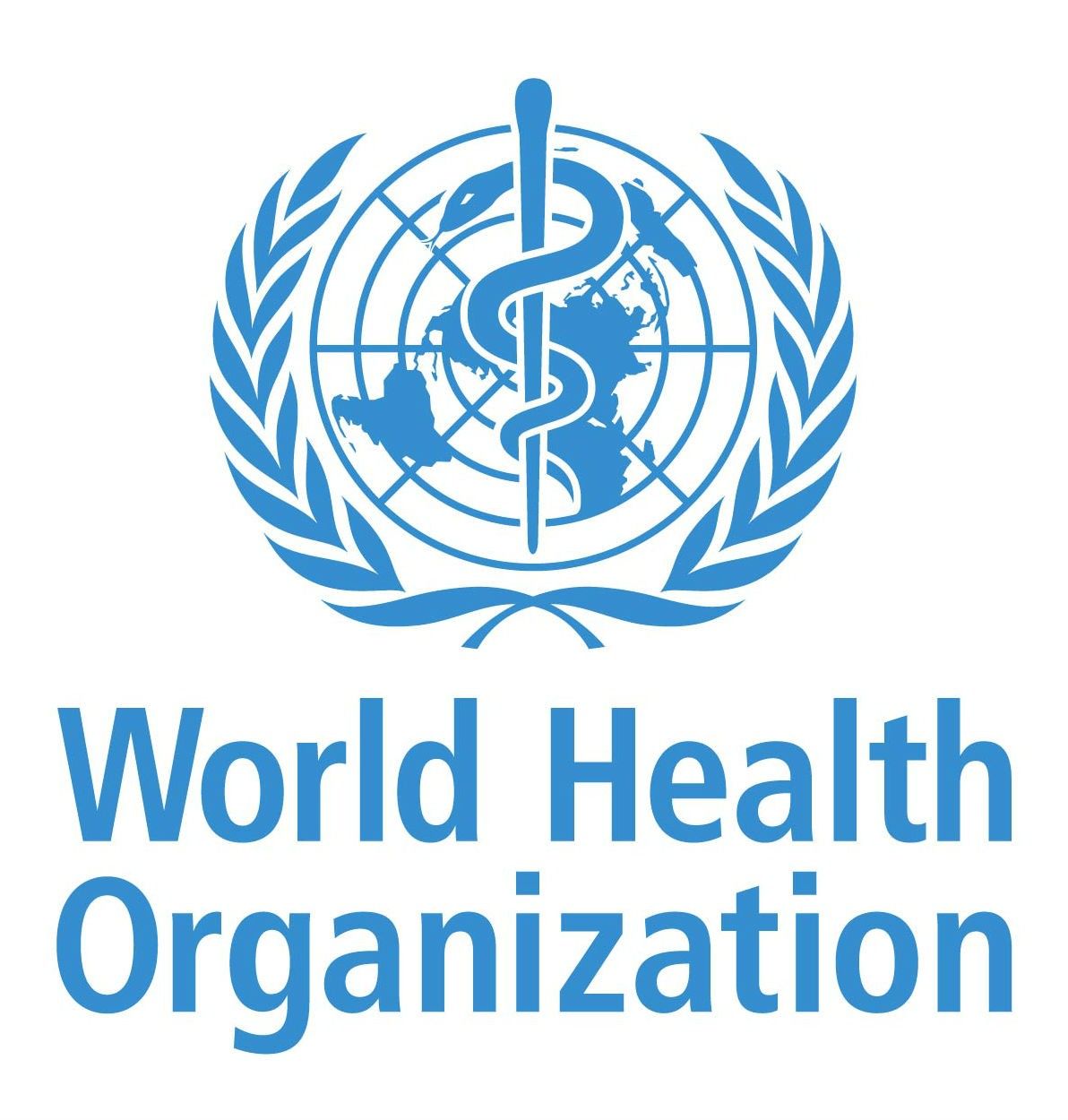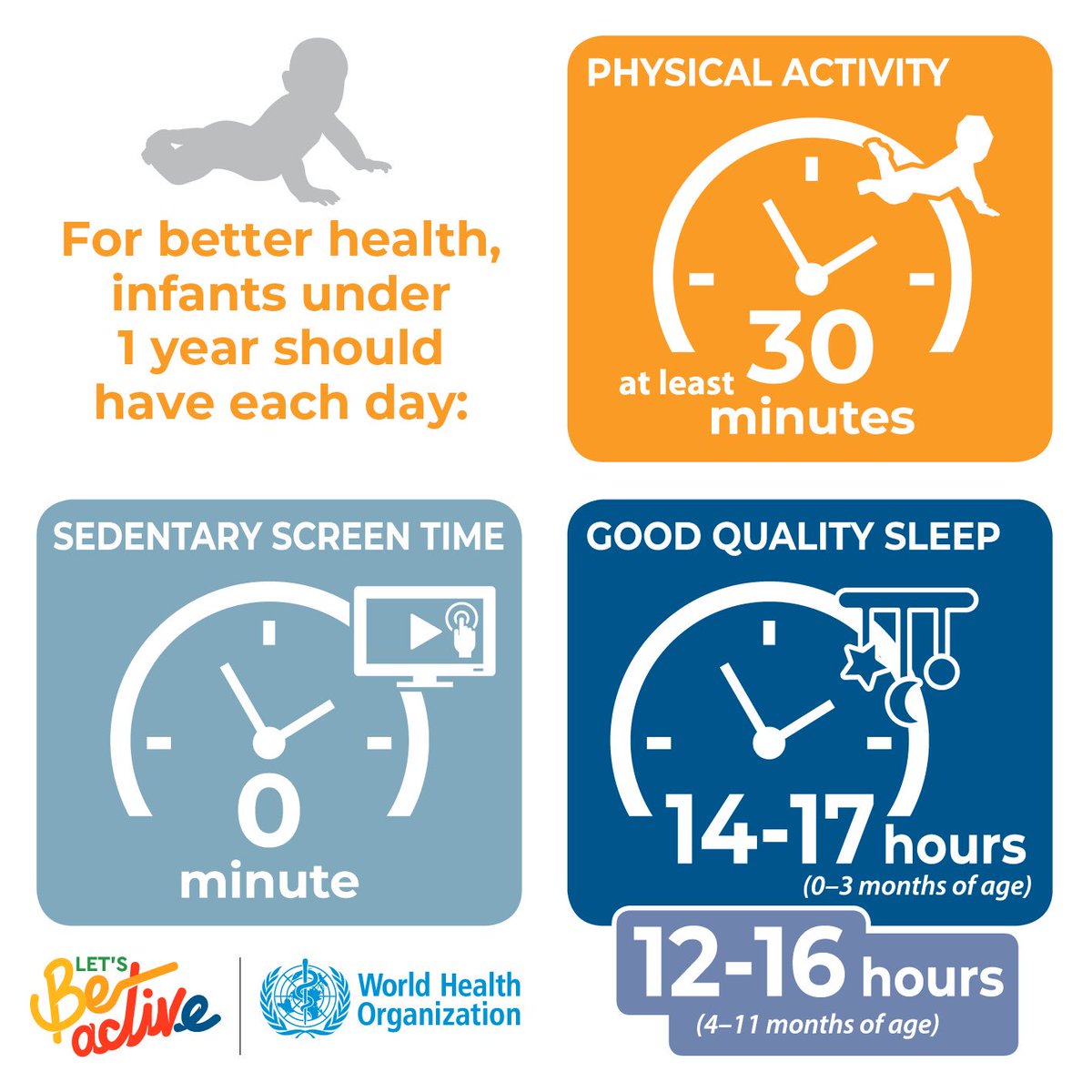
In addition, certain types of physical activity during childhood and adolescence convey a reduced susceptibility to fractures related to reduced bone density. Physical activity is also associated with lower levels of psychological distress, including depression. Physical activity also has a significant role in the prevention (and management of) type 2 diabetes, which is a growing health problem worldwide Physical activity is associated with improved quality of life among those patients who have had a cardiac event Physical activity has also been linked with reduced morbidity and mortality from cardiovascular disease Physical activity has been linked to improved outcomes for those undergoing organ transplantation 26 This includes:Ĭonsistent findings around an inverse association between physical activity and cancer risk (with evidence around breast and colon cancer showing the biggest risk reductions) Recent evidence confirms that engaging in moderate physical activity is very important for the primary prevention of chronic diseases. The documented health benefits of exercise among children and youth include increased physical fitness (cardio and muscular strength), reduced body fat, favourable cardiovascular and metabolic disease risk profiles, enhanced bone health, and reduced symptoms of depression. For children aged 2-5 years, these activities should be limited to less than one hour per day andįor children aged 5-12 years, at least 60 minutes (and up to several hours) of moderate to vigorous physical activity every day.
#World health organization physical activity definition tv#
Toddlers and preschool aged children (1-3, 3-5) should be physically active for at least three hours per day spread throughout the day Ĭhildren aged two years and under should not spend time watching TV or using other electronic media. Infants should be engaged in supervised, floor based play from birth (0-1 year) Australian physical activity guidelines for infants and children suggest:

Specific activities may provide additional benefits (swimming can increase water safety awareness, cycling can increase road safety awareness). 12įrom a young age, children can benefit from physical activity that can positively affect cognitive, developmental, coordination, confidence and self esteem. Evidence suggests that activities such as walking for half an hour a day on five days a week may increase life expectancy by 1.5 to 3 years. 1 1 However, it is important to recognise that some of the biggest health gains are made by those individuals who transition from being physical inactive (sedentary) to moderate amounts of physical activity. Vigorous intensity physical activity (eg jogging or other aerobic exercise) generally provides increased health benefits. Estimates suggest that physical inactivity is the principal cause for approximately 21-25 per cent of breast and colon cancer disease burden, 27 per cent of diabetes, and 30 per cent of ischemic heart disease burden worldwide. 10Ī lack of physical activity, or physical inactivity, has been identified as the fourth leading risk factor for global mortality. Based on estimates that between 60 and 70 per cent of the Australian population is sedentary, or has low levels of physical activity, it has been suggested that increasing participation in physical activity by 10 per cent would lead to opportunity cost savings of $258 million, with 37 per cent of savings arising in the health sector. Physical activity may also provide additional benefits for those who are already suffering from chronic health conditions. 8 A recent review confirmed the role of physical activity in reducing the symptoms of depression, but noted some methodological concerns and called for future research to consider the types and duration of physical activity that would provide the most benefit for those people with depression. 7 There is scientific evidence to suggest physical activity can alleviate the symptoms of depression and it may also be useful in the treatment of mild to moderate depressive disorder. 6 Regular participation in physical activity improves both short- and long- term psychosocial wellbeing by reducing feelings of stress, anxiety and depression.

4, 5ĭue to the release of endorphins, physical activity can also improve mood. Regular participation in physical activity is known to reduce the risk of physical health problems such as cardiovascular disease and stroke, type 2 diabetes, hypertension, some cancers and osteoporosis. The benefits of physical activity extend much further. While physical activity forms part of the body’s energy balance equation, all too often the benefits of physical activity are only considered in relation to obesity and weight loss.


 0 kommentar(er)
0 kommentar(er)
